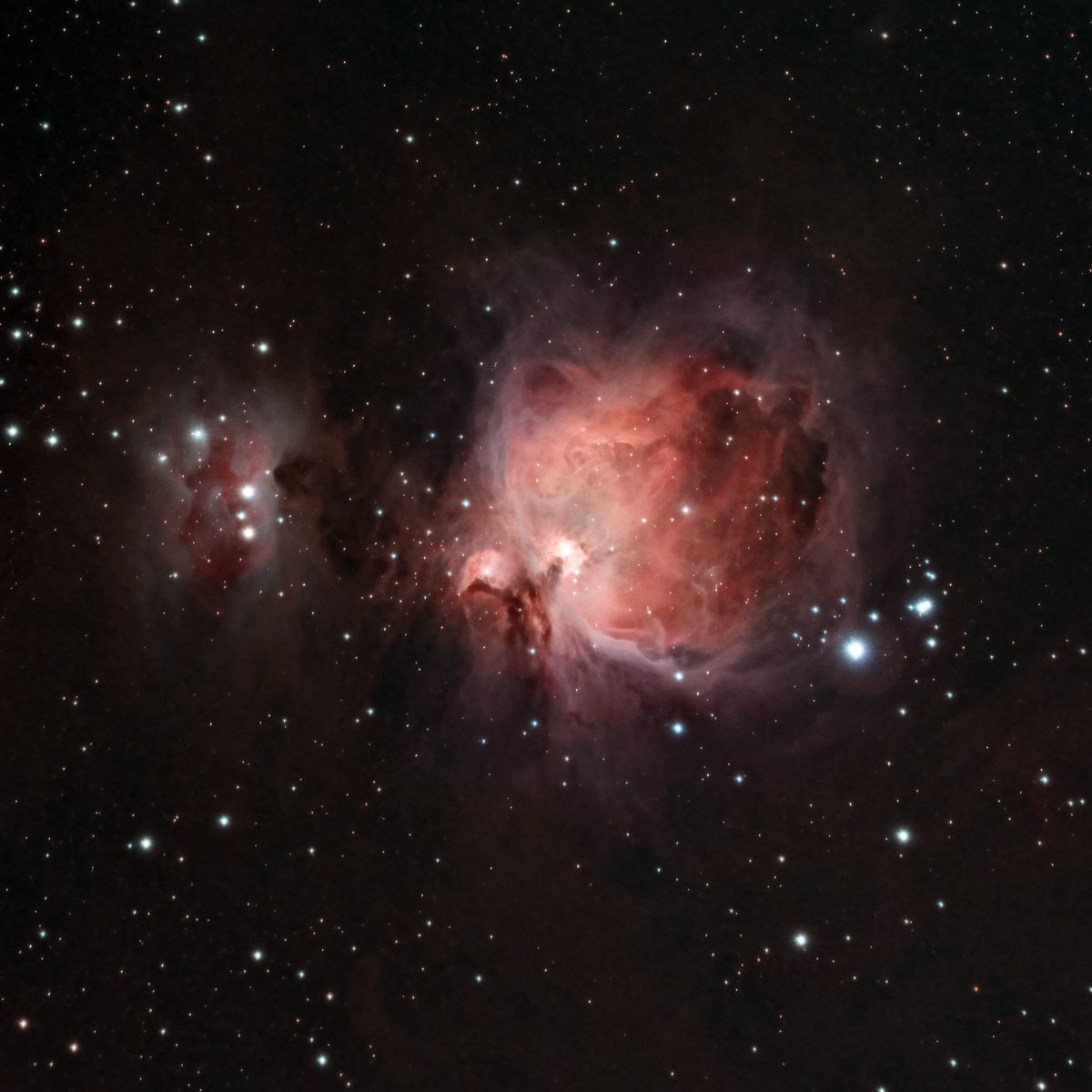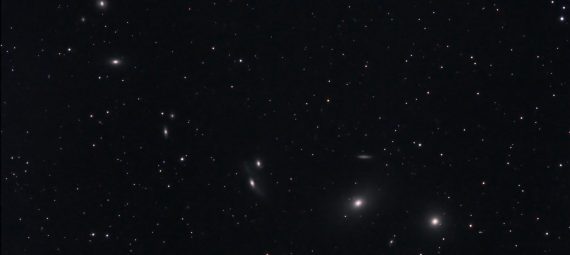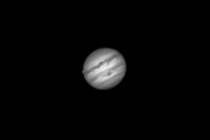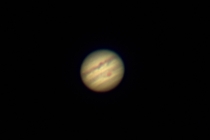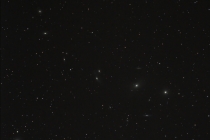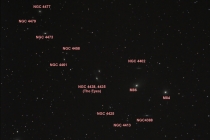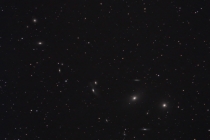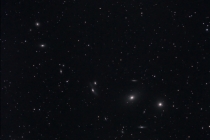Been really busy with my new setup lately – finally good weather. I tried to make use of the longer exposure times I can achieve thanks to the new mount and autoguiding. Still many things to learn regarding autoguiding, but for wide-field images with my William Optics ZS61 I don’t have to be that precise (yet). This is a series of photos taken over several nights.
First one (incl. the second with galaxy names) is the result of 12 lightframes, ISO 800, 240s and no darks. The second one adds 12 more lightframes ISO1600, 240s and also darks and bias frames. The third one is 37 lightframes alltogether (additional ISO1600, 240s lights) plus darks and bias. I’m quite happy with the result. I was hoping to collect more data, but yesterday night was rather cloudy.
Jupiter could be seen every now and then, so I did some video sequences. Unfortunately the focus was not ideal and the seeing was really bad! Still, my first images with the new ZWO ASI 178MC and one can finally spot the red spot 🙂 In the b/w photo one can see one of Jupiter’s moon disappearing behind Jupiter. If you compare the b/w and the colour photo, you can also see how far the red spot moved within not even 30 minutes. Days are really short on Jupiter…
